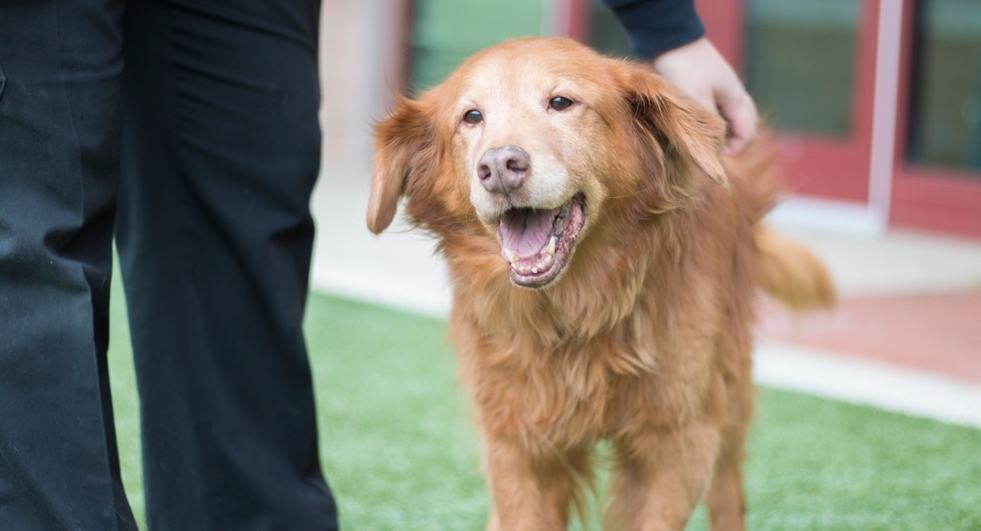
Arthritis in My Aging Pet: Caring for Our Beloved Fur Children
What Is Arthritis in Pets?
How Does Arthritis Affect Our Pets?

Signs Your Pet May Be Suffering from Arthritis
Limping or favoring one leg:
You may notice your pet favoring a particular limb or limping, especially after rest or in colder weather.Difficulty standing or sitting:
Pets with arthritis may take longer to stand up or sit down, showing hesitancy or stiffness in their movements.Reluctance to jump or climb:
Cats may avoid jumping onto furniture, and dogs might resist going upstairs or hopping into the car.Decreased activity:
Your pet may be less interested in walks, playtime, or other activities they used to enjoy.Irritability or aggression:
Pain can make pets more irritable or anxious, and they may growl or snap when touched near their joints.Changes in gait:
Your pet might develop a stiff or awkward walking pattern.Treatment Options for Pets with Arthritis
1. Weight management: Keeping your pet at a healthy weight reduces stress on their joints and can alleviate some of the pain associated with arthritis.
2. Joint supplements: Glucosamine, chondroitin, and omega-3 fatty acids are often recommended to support joint health and reduce inflammation.
3. Pain relief medications: Non-steroidal anti-inflammatory drugs (NSAIDs) and other pain relief medications can be prescribed to help manage your pet’s discomfort.
4. Physical therapy: Rehabilitation exercises, hydrotherapy, and massage therapy can strengthen muscles and improve joint mobility.
5. Laser therapy: Cold laser therapy is a non-invasive treatment that can reduce pain and inflammation in pets with arthritis.
6. Acupuncture: This holistic treatment option can relieve pain and improve mobility by stimulating specific points on the body.
7. Orthopedic beds and ramps: Providing your pet with supportive bedding and ramps can help them move more comfortably and reduce strain on their joints.
8. Surgery: In severe cases, surgery may be necessary to repair or replace damaged joints.








